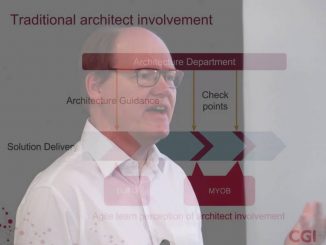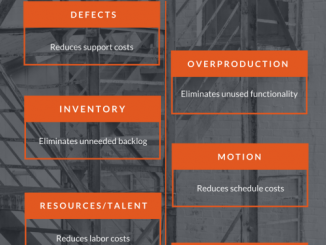Agile Architecture Roadmapping
In the Agile world, software architecture is about making design decisions with just enough anticipation. Too much anticipation leads to overly heavy architectural constructs that may never be used (YAGNI); too little anticipation leads to expensive refactoring and potentially fatal build-up of technical debt. This session presents an approach for Agile architecture roadmapping with just enough anticipation.








